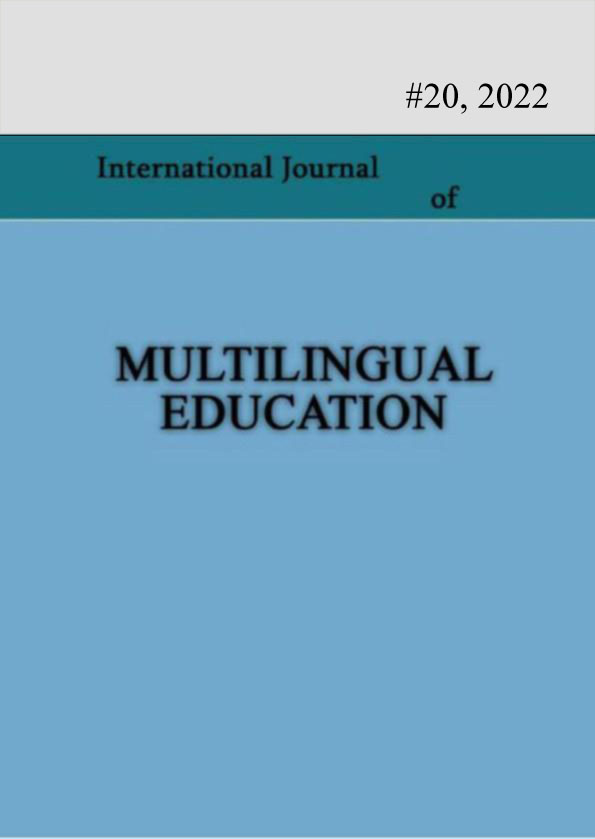Linguistic Peculiarities of Bullying in Georgian and American School Discourse
Keywords:
bullying, aggressors, victims, school discourse.Abstract
Many scholars have investigated bullying as a social problem in educational institutions. However, just a few scientific works are available attempting to offer the analysis of the linguistic peculiarities related to bullying in school discourse. Since bullying is a violative act expressed verbally or physically to intimidate members of particular society, it is important to consider the linguistic features directly related to the language used by aggressors to harm victims. Consequently, in the present paper, we will explore certain verbal register (words, phrases, linguistic patterns, etc.) generally used by aggressors to insult, threaten or harm victims.
References
Bloome, D. & Beauchemin, F. (2016). Languaging Everyday Life in Classrooms. SAGE Journals. Heinemann, W. (1973). Agressive Bevaviours in Human relations . European Journal of Social Psychology.
Olweus, D. (1999). Bullying in Norway. In P.K. Smith, Y. Morita, J. Junger-Tas, D. Olweus, R. Catalano, & P. Slee (Eds), The Nature of School Bullying: A cross-national.
Pikas, A. (1989). A Pure Concept of Mobbing Gives the Best Results for Treatment. American Psychological Association.
Published
How to Cite
Issue
Section
License
Copyright (c) 2022 Roland Shavadze, Irine Goshkheteliani, Madona Mikeladze

This work is licensed under a Creative Commons Attribution-NonCommercial 4.0 International License.
Copyright (c) - Authors who publish with this journal agree to the following terms: Authors retain copyright and grant the journal the right of first publication with the work simultaneously licensed under a Creative Commons Attribution-Noncommercial 4.0 International License, which allows others to share the work with an acknowledgement of the work's authorship and initial publication in this journal. Authors are permitted and encouraged to post their work online (e.g., in institutional repositories or on their personal website) prior to and during the submission process, as it can lead to productive exchanges, as well as earlier and greater citation of published work (see The Effect of Open Access). Authors may enter into separate, additional contractual arrangements for the non-exclusive distribution of the journal's published version of the work (e.g., post it to a repository or publish it in a book), with an acknowledgement of its initial publication in this journal.

